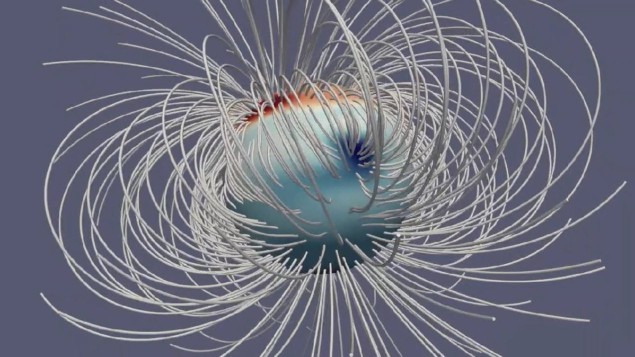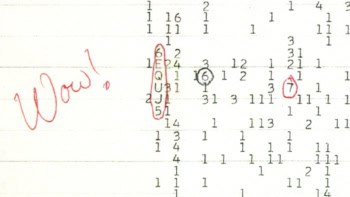
Using a new Juno reference model (JRM09), scientists at Harvard University have detected that Jupiter has an internal magnetic field that changes over time. This phenomenon is known as secular variation and has previously only been detected on Earth.
The researchers – a collaboration from the US and the UK – created the new JRM09 model by taking close-up measurements of Jupiter using Juno’s magnetometer to measure the strength and direction of the magnetic field. They could then compile this data into a three-dimensional image.
By comparing the new images provided by JUNO to legacy data from between 1973-1992 using the Pioneer 10, Pioneer 11, Voyager 1 and Ulysses spacecraft, researchers were able to identify minute changes in the magnetic field over time. They found that over the 45 year time frame, there were systematic changes in Jupiter’s magnetic field.
Deeper understanding
Launched in 2011, Juno’s mission was to improve our understanding of the Solar System’s beginnings by revealing the origin and evolution of Jupiter. As it is our primary example of a giant planet, understanding the ancestry of Jupiter may shed light on how planetary systems are formed around other stars.
The magnetic field of a planetary body is thought to be described by the dynamo theory. This proposes that rotating and convecting fluid, such as iron in the Earth’s crust, is the driving force behind the field. The continuous motion of fluid causes electric currents to flow, which gives rise to a magnetic field. Jupiter has the strongest planetary magnetic field in the Solar System and understanding the secular variation, could give insights into its dynamo and by association, its internal structure.

Magnetic vortices record history of Earth’s magnetic field
An important question for the researchers to answer now is what is the cause of the shift in Jupiter’s magnetic field? On Earth, the change is thought to originate in the planet’s core, however the best explanation for secular variation on Jupiter is in its deep atmospheric (zonal) winds. These winds extend up to 3000 km into the surface of the planet, where the conductive metal fluid is situated. Although the origin of zonal winds is still uncertain, they are believed to interrupt the magnetic field distribution.
The discovery will likely have implications for the study of our Solar System. Kimee Moore, a graduate student from the University of Cambridge and lead author of the report on the findings, says that in the future “scientists will be able to make a planet-wide map of Jupiter’s secular variation” and this latest finding may even help “scientists studying Earth’s magnetic field, which still contains many mysteries to be solved”.
More information can be found in Nature Astronomy.



